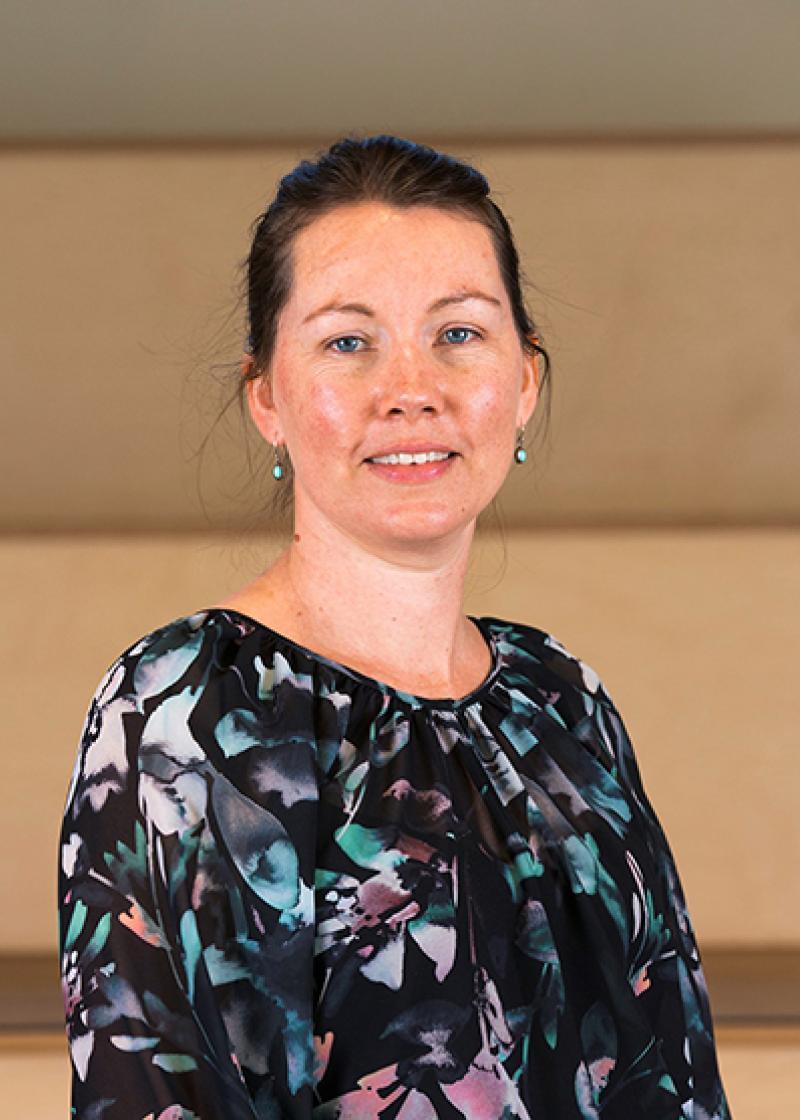Janet van Eersel
The role of transforming growth factor beta and tau pathology in frontotemporal lobar degeneration

Award
2012 Hiley-Allars Award
Status
Completed
Start Date
7 January 2013
About the project
As part of this project, Dr van Eersel analysed a mouse model of dementia (known as Tau58 mice) that overexpress a human version of the protein tau. She found that these tau-expressing mice display significant increases in brain activity and also display signs of hyperactivity (travel longer and further than normal mice). This therefore suggests that the protein tau can cause excessive excitation of brain cells, resulting in changes in normal behaviour. These mice also develop neuropathological changes in the brain and behavioural characteristics that closely resemble those observed in a human dementia known as Progressive Supranuclear Palsy. Only a limited number of mouse models are available for this particular disorder, therefore our discovery of this new mouse model will help improve research investigating this particular type of dementia.
In a second part of her project, she analysed tau-expressing mice that were genetically manipulated to be unable to respond to the signalling molecule Transforming Growth Factor β (TGFβ). These mice developed a significant worsening of tau pathology-induced motor symptoms, a significant decrease in body weight and had a significantly reduced life span. This therefore suggests that the TGFβ signalling pathway is protective, and that disruptions to this pathway can exacerbate the adverse effects induced by tau pathology. Targeting this pathway to enhance it may therefore be a potential drug therapy for the treatment of frontotemporal lobar degeneration and/or Alzheimer’s disease.
Publications and presentations resulting from award
Dr van Eersel presented the findings on the Tau58 mouse strain at the 7th Alzheimer’s and Parkinson’s Disease Symposium at the University of Queensland from the 23rd-24th of September, 2013 as a poster entitled: “Characterisation of a novel tau-transgenic mouse strain (Tau58) that develops features of FTD”.
The major outcomes of her research include:
- Characterising the Tau58 tau-transgenic mouse strain in great depth. Based on her neuropathological findings and behavioural analysis she has concluded that this particular mouse strain develops a number of features that closely resembles those characteristic of Progressive Supranuclear Palsy (one of the tau-positive frontotemporal lobar degeneration subtypes). Only a limited number of mouse models are available for this particular disorder, therefore the Tau58 mice can be used to enhance the progress of research focusing on this particular dementia.
- Clearly demonstrating that the Tau58 tau-transgenic mouse strain develops a hyperactive phenotype (as shown by increased activity in the open field arena) from as early as 3 months of age. This is further supported by the finding that these mice display significant increases in baseline levels of brain activity (as measured by EEG), suggestive of hyperexcitation. This therefore supports our hypothesis that tau pathology can cause excitotoxicity in the absence of amyloid pathology.
- Having preliminary evidence that suggests that treatment of Tau58 mice with the NMDA receptor antagonist Memantine (and thereby disrupting glutamatergic signalling), can reduce the severity of the motor symptoms in the Tau58 mice. Targeting glutamate signalling may therefore be of potential benefit in patients with tau pathology.
- Having established that loss of the TGFβ receptor 2 causes a significant worsening of symptoms in K3 tau-transgenic mice, including a worsening of the motor symptoms, decreased body weight and a significant decrease in general life span. This suggests that the TGFβ pathway plays a protective role and that loss or dysfunction of this pathway can significantly enhance tau pathology-induced symptoms. Enhancing this pathway may therefore be of potential benefit in patients with tau pathology.
Where are they now?
Dr van Eersel is a Postdoctoral Research Fellow at the School of Medical Sciences, University of NSW. She continues to work in the field.
